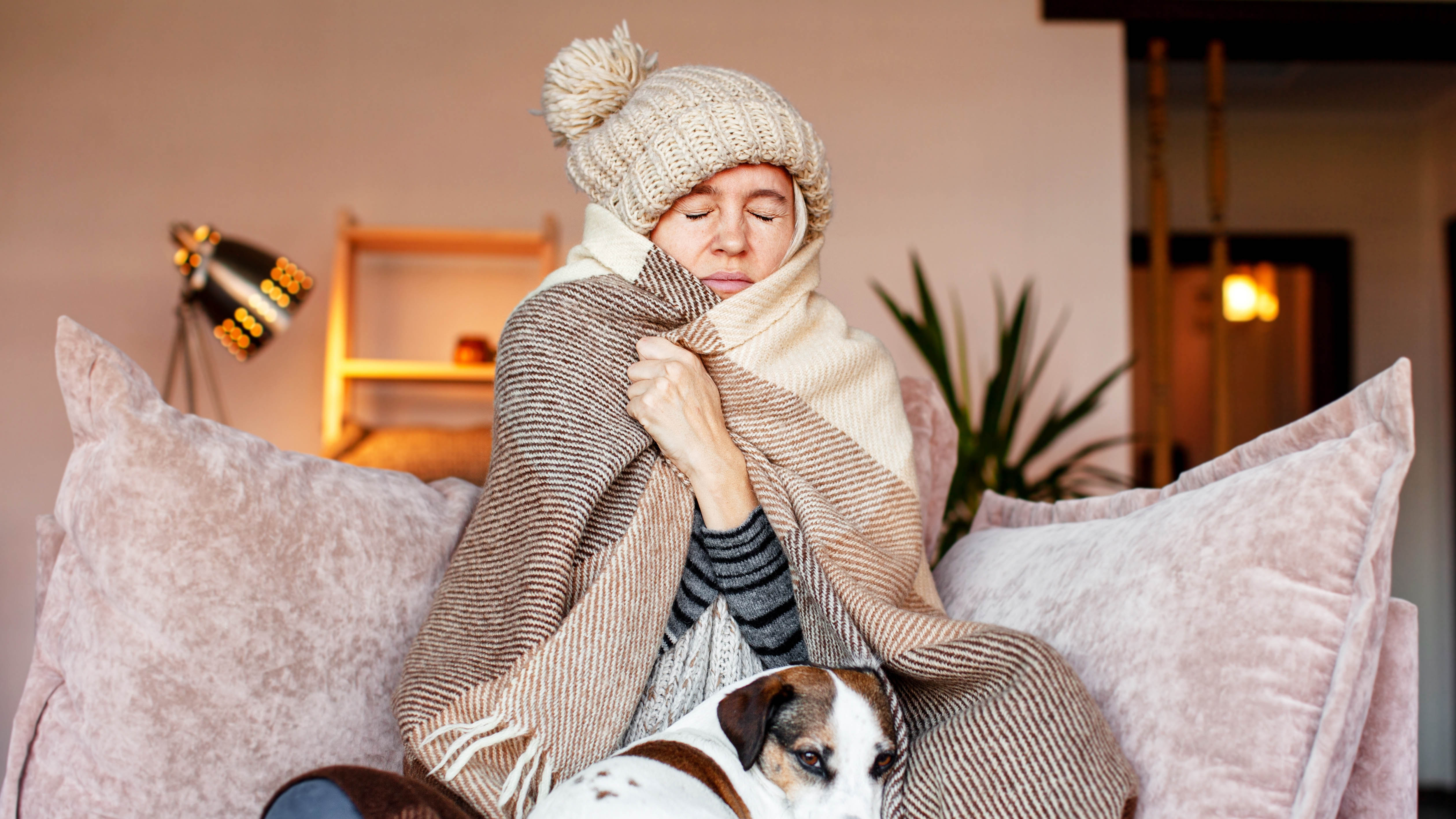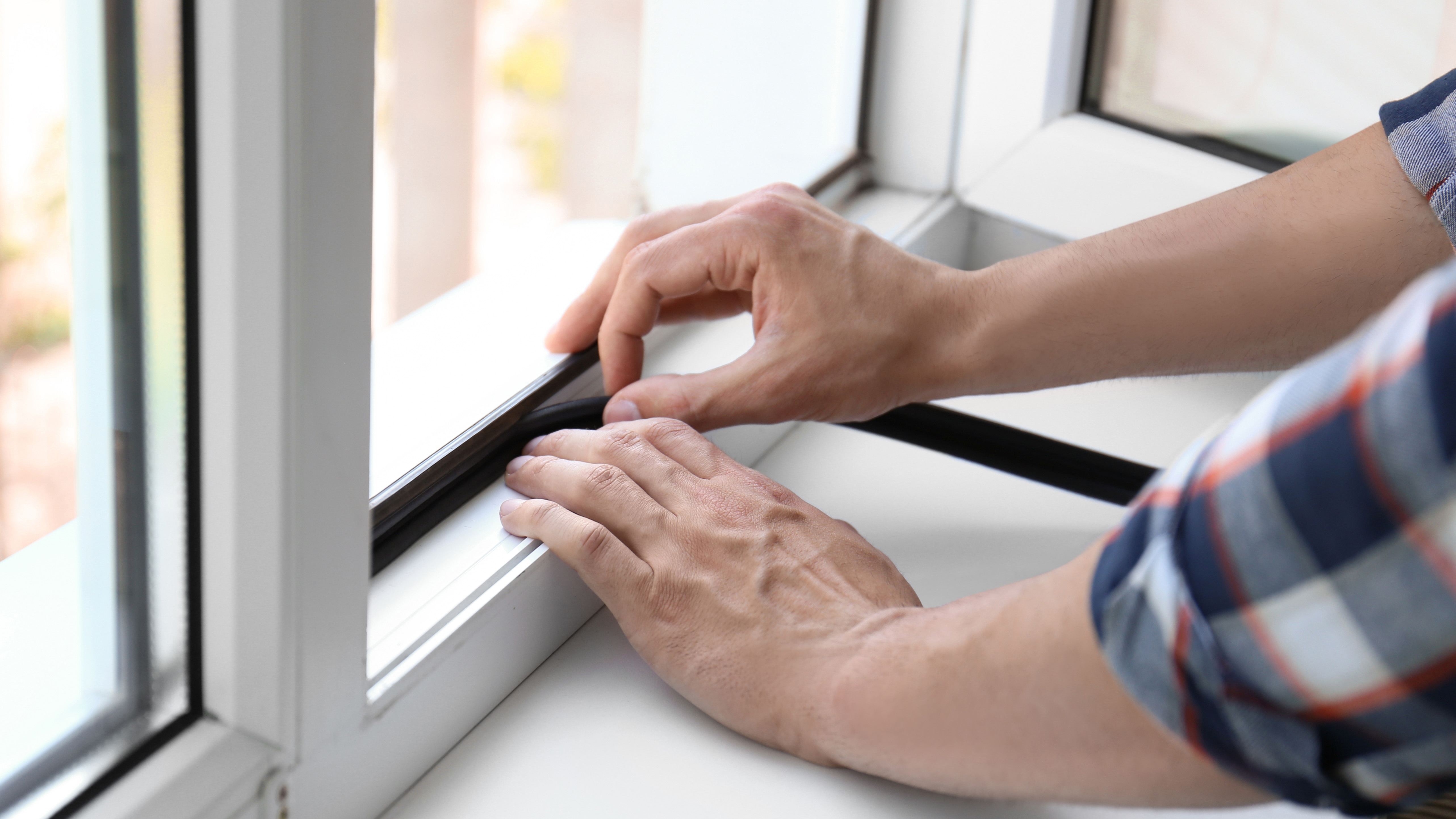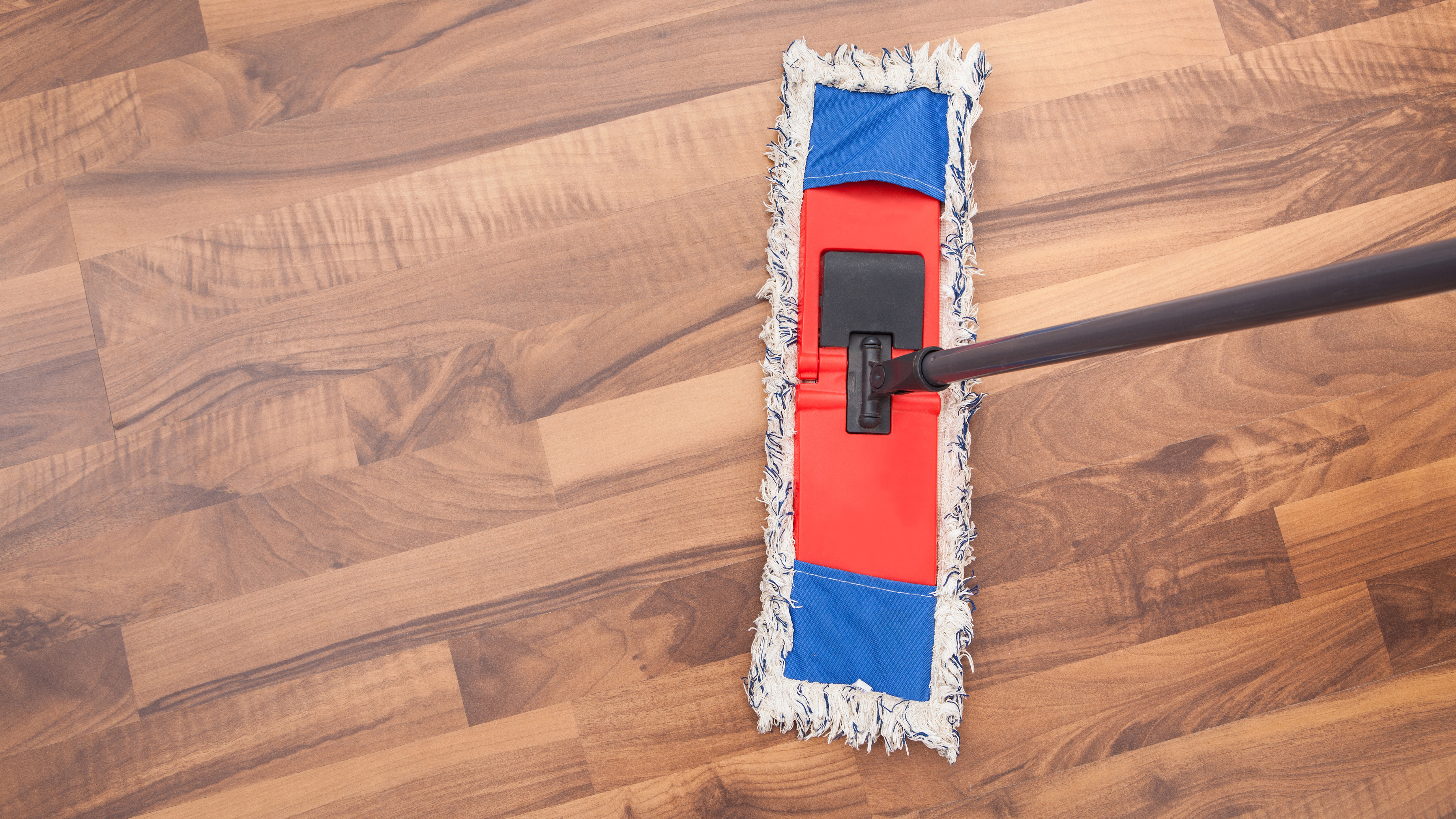
As the temperature drops outside, there’s nothing like coming back to a warm and toasty home to beat the winter chill. But if you're still feeling cold, even after cranking up your heat, this can be far from cozy.
According to experts, this is often caused by overlooked factors that could be keeping your home consistently warm. From drafts and poorly insulated floorboards to attics, these can all impact the effectiveness of your central air or even one of the best space heaters. What’s more, as heat escapes this is costing you money on utility bills during winter.
So before you call your local engineer, check out these top reasons why your home is still cold even with the heating on, according to experts.
1. Covered vents

First, check that your vents are fully open at all times, and not covered with dust balls. This allows proper air circulation and heat to distribute evenly around the house.
Bear in mind that heavy furniture or drapes can block airflow and will easily absorb warm air coming from the vents. As a result, this will cause your space to feel colder. “If you’re using heavy curtains to keep out drafts, make sure they’re not draped directly over vents – they should end just above, so warmth isn’t trapped behind fabric,” suggests Chloe Barrow, an interior expert from Laura James.
“Although this isn’t necessarily the in-style way to have draping curtains, if heat is your top priority, this simple adjustment can improve your room’s warmth significantly.”
2. Drafty areas

If you feel chilly indoors, you might want to check for drafty areas in the home. Potential gaps or cracks around windows and doorframes can let in the cold air. According to the U.S. Department of Energy, windows are responsible for up to 30% of heat loss.
“Before cold weather arrives, try to locate any drafty areas around your home so that you can fix them before freezing temperatures set in,” says Rhoddy MacKinnon, Group Construction Director at Barratt David Wilson Homes.
“Gaps in your window frames can cause similar problems. One of the most effective ways to stop drafts is by sealing gaps around your windows. You can use weatherstripping or draft excluders to seal these gaps. Weatherstripping is available in various materials, such as foam, rubber, or metal, and can be easily applied to the window frame.
If you already have UPVC windows with draft excluders, it’s good to check these for wear and tear to ensure that they are still working well.”
In addition, most older homes with hardwood doors are susceptible to expanding in heat and contracting in the cold, which means gaps around the frame will become even wider. Another solution is to place a suitable, draft exclusion runner along the bottom of your door. This will block cold air from blowing in through gaps in the door frame.
3. Poorly insulated floorboards

Additionally, if you have hardwood and laminate flooring throughout your home, it can often feel chilly to walk around. Ensure these are properly insulated as heat can often be lost, as a result of poor insulation.
“Another hidden culprit is poorly insulated floorboards,” adds Barrow. “We always remember to check doors and windows but floorboards are so often forgotten. Even a small draft can counteract the effect of central air, making your home feel colder than it should.
To test for drafts, run a hand along gaps in your wooden floorboards. If you notice a chill, applying draft-proofing tape or sealant can be an inexpensive fix. For larger gaps in floorboards, consider using a floor filler or draft excluder to prevent cold air from seeping in.”
Alternatively, there are easy ways to make your home feel warmer, such as adding thick, plush rugs to the floor. Not only will these help to insulate the room but reduce heat loss. In fact, rugs are known to retain up to 20% more heat, saving you on your utility bills.
4. You don't close internal doors

Another common reason for your home always feeling cold is if internal doors are consistently left open. “Closing your outside doors might be an obvious tip, but it’s also important to keep your internal doors closed,” Joshua Houston, Property Expert at Household Quotes. “This prevents the draft from traveling through your home, reducing the amount of heat lost.
Also, if you have hardwood doors, check there are no warped cracks or gaps to allow cold air in — and use a clear sealant to fill these in.
5. No proper attic insulation

Attics make great storage spaces; however, these can get cooler during winter months, as heat escapes. Be sure that attics are properly insulated to keep the warmth in and the cold out.
“The attic is one of the most vulnerable areas of your home for unnoticed drafts,” advises Houston. “This is generally because people spend less time there. Give your attic a thorough inspection to ensure that it’s not letting in any drafts. Not only that, an attic is a common place where your home can lose heat. This is because heat generally rises, and as the loft is at the top of the property, it’s where it escapes. Fill in any gaps and ensure that it is properly insulated, attic insulation doesn’t have to be expensive.”
In addition, the added insulation layer will save you money on your energy bills and protect your pipes from bursting if the temperature drops below freezing. It’s especially worth winterizing your outside pipes, which are at risk of bursting in harsh conditions
If all else fails and you still feel the chill, then you’ll need to call a professional to take a look at your HVAC system. Regular maintenance is essential to get the best out of iit during the winter months. What’s more, maintenance can help prevent breakdowns and extend the life of your heating system.







